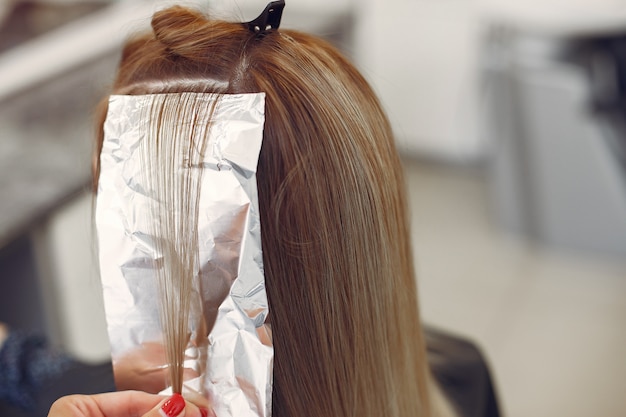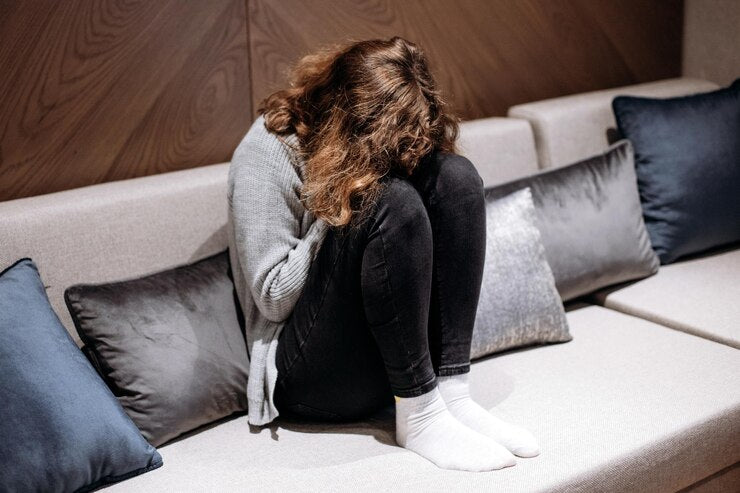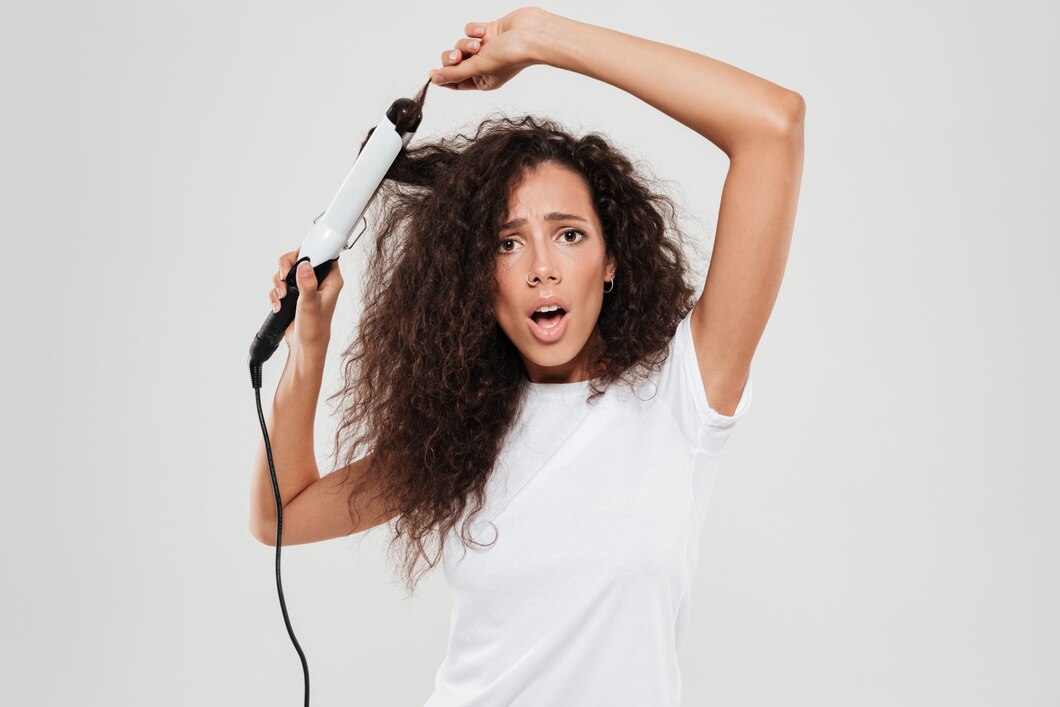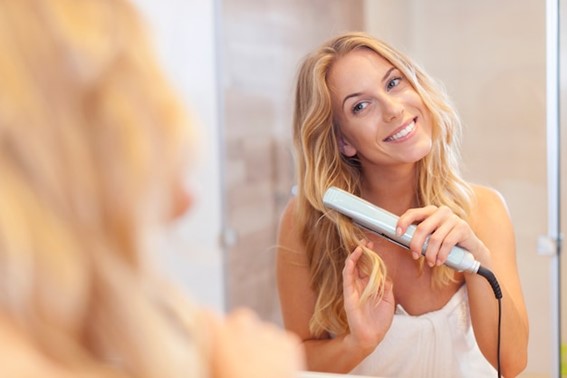
If you want to have a light hair color, you’ll probably need to bleach it. This hair procedure is very desired but at the same time feared - after all, we all have heard stories about bleaching and how it can totally ruin hair’s health.Well, we would be lying if we said that bleaching doesn’t damage hair - it does.
But that doesn’t mean you have to give up on changing your hair color. You can still bleach your hair and minimize the impact on your strands by taking some preventative steps and some aftercare habits. Do you want to know how to do it? Keep up with this article: we will show you how bleaching works and how to take care of bleached hair.
Bleaching: how does it work?

Through the oxidation process, bleach removes the color from your hair shaft. It's impossible to bleach (or oxidize) your hair without using a bleaching (or oxidizing) agent. The most often used bleaching chemicals are hydrogen peroxide and ammonia.
They're frequently combined because when applied independently, they're unstable and slow to lighten the hair. Manufacturers who employ 'peroxide-free' labeling to sell their products as 'hair-friendly' should be avoided since, while these mixes do not contain peroxide, they can contain another oxidizing chemical that can be just as detrimental to your strands.
When removing pigments from your hair, bleaching also removes its natural moisture and protection, besides opening the hair cuticles, which can lead to damage.
Characteristic of damaged hair from bleaching

- Being prone to breakage
- Split ends
- Hair gets dry, brittle and loses its elasticity
Bleached hair is also porous, making it more susceptible to chemical and non-chemical risks. Heat styling with blow dryers, as well as the effects of the sun, rain, and wind, are all examples of this.
While all bleaching treatments damage the protein structure of your hair, the damage is amplified with each use. To put it another way, the more you bleach or highlight your hair, the more damaged it becomes.
Prepare your hair before bleaching it

Because hair bleach can be damaging, it's a good idea to make sure your hair is in good shape before scheduling a hair bleaching appointment. This will increase the chances of your hair being healthy. In the two weeks coming up to your visit, use a restorative conditioning mask.
Another recommendation is to forego shampoo in the two days leading up to your appointment, since a newly cleansed scalp is more susceptible to hair bleach sensitivity.
Bleached hair aftercare

Your hair's cuticle (outside layer) will be open after bleaching, making it more susceptible to moisture loss. This is especially dangerous when heat styling. Heat-protecting sprays and serums will keep your strands from evaporating moisture while using blow dryers, irons, and tongs.
Bleaching opens the cuticles of your hair, making it easier for strands to interlock and tangle. To flatten the cuticle, seal in moisture, minimize knots, and add shine, apply a conditioner after each shampoo. Don’t forget to use hair masks weekly and choose high quality products with rich formulas.
Throughout the day, use a mild, protective spray or serum. These products will keep your hair moisturized, lustrous, and protected from environmental factors like pollution, air conditioning, central heating, wind, and UV radiation. They'll also help to seal your cuticles, preventing moisture loss from your strands.
Bleaching is still one of the most aggressive chemical procedures for hair, but if you are careful and dedicated to your hair care routine, you will be rewarded with healthy and gorgeous blonde hair!



